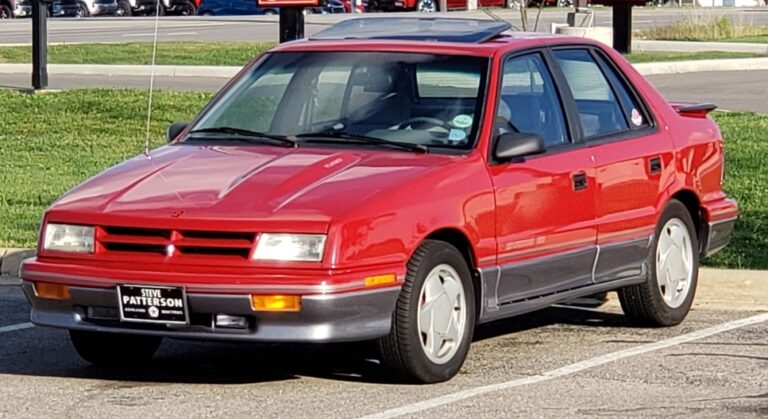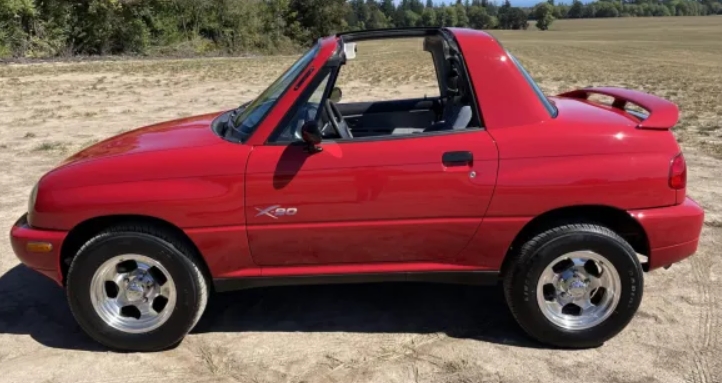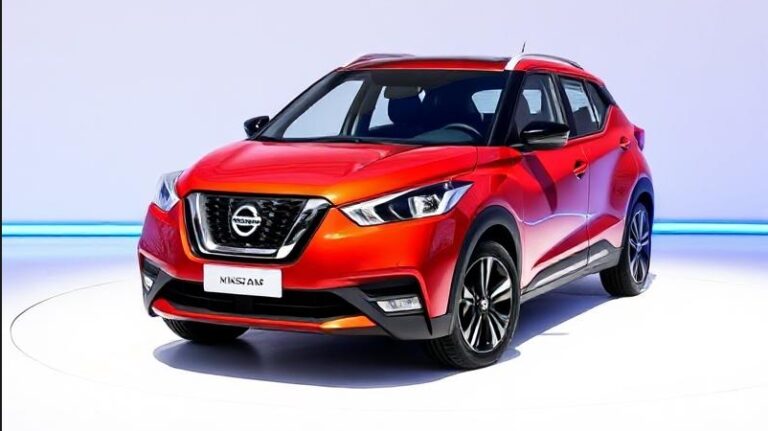The Evolution of the Tata Nano
Introduction
The Tata Nano stands as one of the most ambitious automotive projects undertaken in recent history, often heralded as the world’s most affordable car. Conceived by the Indian automaker Tata Motors to revolutionize personal transportation for India’s burgeoning middle class, the Nano aimed to provide a safe, reliable, and affordable alternative to two-wheelers and informal modes of transport. Its development journey, production phases, model variants, and market challenges reflect both the innovative spirit and the complex realities of bringing such a revolutionary vehicle to life.
Origins and Conceptualization (2003-2008)
The idea of a “people’s car” was conceived in the early 2000s, with Tata Motors envisioning a low-cost vehicle that could transform mobility in India and developing nations. The project officially commenced in 2003, with the goal of producing a small, affordable car priced around 100,000 Indian Rupees (approximately $2,000 at that time). The company’s chairman, Ratan Tata, announced this vision publicly in 2008, emphasizing affordability without compromising safety.
Key milestones:
- 2003: Tata Motors begins conceptual development.
- 2008: Ratan Tata unveils the Nano prototype on March 23 during the Geneva Motor Show, generating worldwide attention.
Production Launch and Initial Models (2008-2018)
First Generation Tata Nano (2008-2018)
The Nano was officially launched on March 23, 2009, at a starting price of Rs. 100,000. The initial model aimed to deliver basic mobility with minimal features, emphasizing affordability over luxury or high performance.
Model and Trim Details:
- Nano Standard (2008-2018): The base model, equipped with a rear-mounted 624 cc (0.6-liter) single-cylinder petrol engine producing approximately 37 horsepower, paired with a 4-speed manual transmission. This model featured minimal interior features, manual windows, and basic instrumentation.
- Nano CX (2009-2018): Introduced as a slightly more equipped variant, the CX included features like front power windows, body-colored bumpers, and a more comfortable interior.
- Nano LX (2010-2018): The top-of-the-line trim, offering additional comfort features such as a two-tone interior, upgraded upholstery, and optional features like air conditioning.
Key Features Across the First Generation:
- Engine: 624 cc, rear-mounted, 37 hp
- Transmission: 4-speed manual
- Drive Type: Rear-wheel drive
- Seating: 4 passengers
- Fuel Economy: Approximately 20-23 km/l (kilometers per liter)
- Safety: Basic safety features, no airbags initially
Notable Variants and Updates
Over the years, Tata introduced several variants and updates to address market demands and safety standards:
- Nano Eco (2010): Focused on fuel efficiency and lower emissions.
- Nano LX (2010): Premium trim with additional comfort features.
- Nano Sport (2012): Sporty trim with decals and aesthetic upgrades, limited in production.
- Nano GenX (2015): An upgraded version with subtle styling revisions, improved interior quality, and minor mechanical updates.
Facelifts and Mechanical Evolution
While primarily maintaining the same basic platform, Tata Motors made incremental improvements:
- 2014: Introduction of a BS-IV emission-compliant engine to meet new regulations.
- 2015: Release of the Nano GenX, featuring a new 624 cc engine with improved power output (around 38.5 hp), better fuel efficiency, and updated interiors.
Nano GenX (2015-2018): The most refined version of the Nano, boasting improvements in ride quality, safety features such as seat belts for all passengers, and a refreshed exterior design. It was offered in multiple trims:
- Nano GenX Standard: Basic features, no airbags.
- Nano GenX LX: Slightly more equipped, still no airbags.
- Nano GenX XT: Top trim with optional features like central locking, power windows, and improved interiors.
Despite these enhancements, the Nano’s production faced challenges related to safety, quality perception, and market demand.
.
MANY auto lovers not only spend time in their garages to tinker on their autos, but have other projects going on in there as well. Wood working is a popular pastime for the creative type of individual. Not sure what to make next? Or thinking about getting into this kind of hobby? There’s lots of possibilities… Here’s some of them…

.
Discontinuation and Transition (2018)
By 2018, Tata Motors announced the discontinuation of the Nano from their mainstream lineup, citing declining sales, safety concerns, and market shifts towards more premium offerings. The last Nano rolled off the assembly line in July 2018.
Key Highlights:
- Final Model: Nano GenX (2017-2018)
- Production Period: 2008–2018
- Total Units Produced: Approximately 2.3 million units
Post-2018, Tata Motors shifted focus to other compact and electric vehicles, with the Nano largely phased out from the market.
Summary of Tata Nano Models and Trim Levels Over the Years
| Year | Model/Variant | Engine | Key Features | Notes |
|---|---|---|---|---|
| 2008-2009 | Nano Standard | 624 cc | Basic features | Launch model |
| 2009-2010 | Nano CX | 624 cc | Added front power windows, bumpers | Mid-tier |
| 2010-2015 | Nano LX | 624 cc | Improved interiors, optional A/C | Top trim in early years |
| 2010 | Nano Eco | 624 cc | Fuel efficiency focus | Special variant |
| 2012 | Nano Sport | 624 cc | Sporty decals, aesthetics | Limited edition |
| 2015-2018 | Nano GenX Standard | 624 cc, 38.5 hp | Mechanical and interior upgrades | Entry-level trim |
| 2015-2018 | Nano GenX LX | 624 cc | Features like power windows | Mid-level trim |
| 2017-2018 | Nano GenX XT | 624 cc | Top features, optional safety | Final iteration |
Impact and Legacy
The Tata Nano’s journey was marked by high expectations and significant challenges. While it succeeded in creating an affordable mobility option, issues related to safety perceptions, quality concerns, and market positioning limited its broader acceptance. Despite its commercial decline, the Nano remains a symbol of innovation and ambition in the automotive industry, exemplifying efforts to democratize car ownership.
Conclusion
From its conceptual debut in 2003 to its last models in 2018, the Tata Nano’s evolution reflects a story of technological innovation, strategic adaptation, and the complexities of manufacturing an ultra-low-cost vehicle at scale. Its multiple trims and variants over the years showcase Tata Motors’ attempts to refine the model and cater to evolving customer preferences. Although it ultimately exited the mainstream market, the Nano’s legacy endures as a pioneering effort in affordable mobility, inspiring future low-cost vehicle initiatives worldwide.







